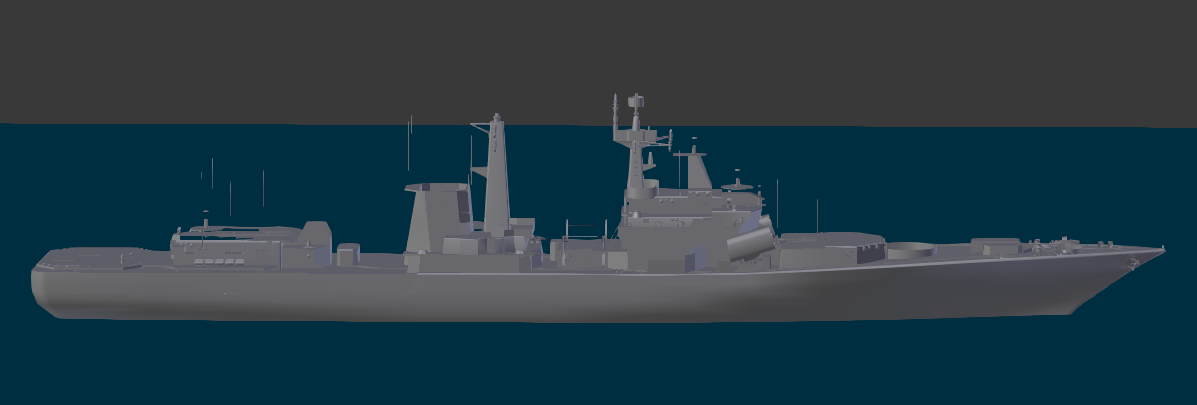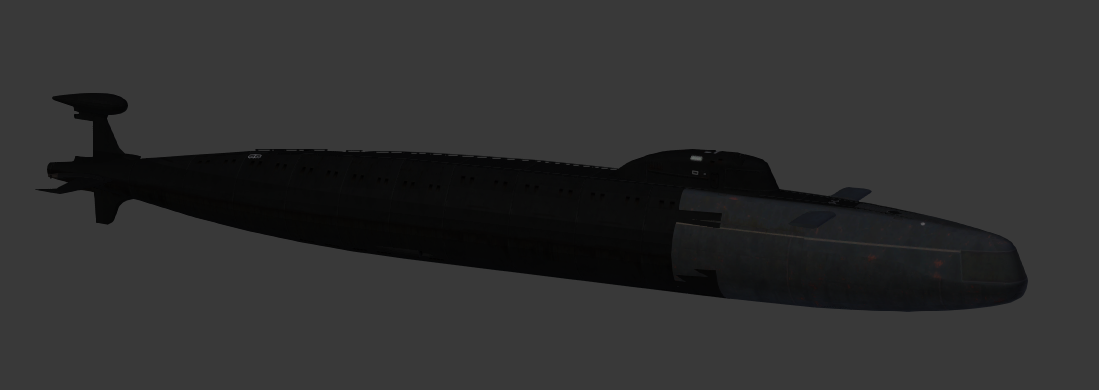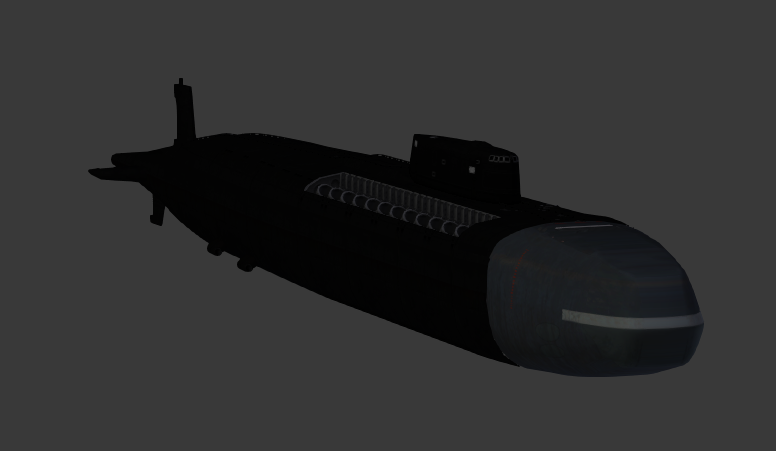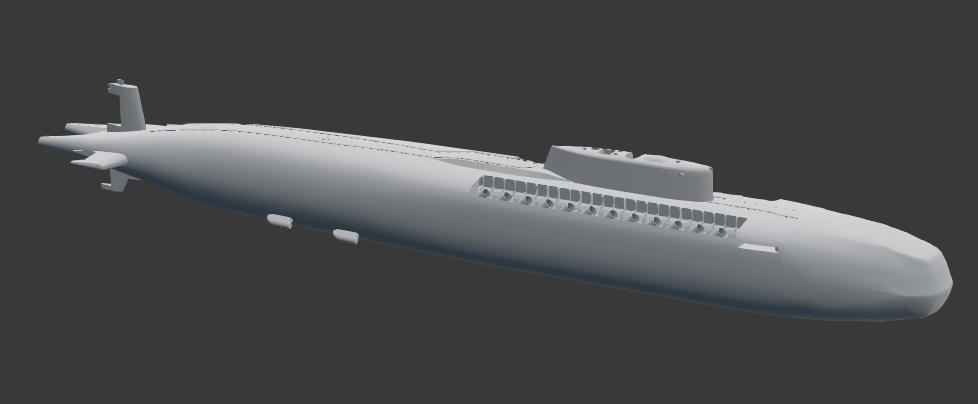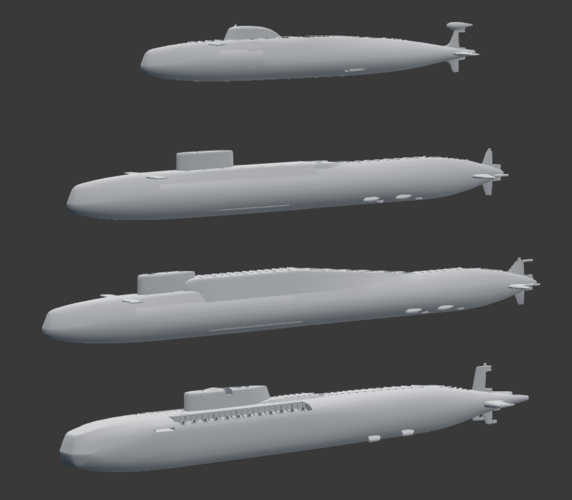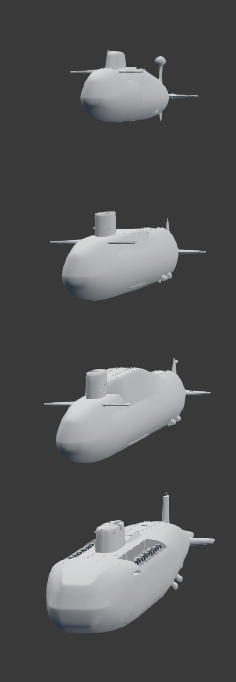One of the considerations in this scenario is that the economic asymmetry between the UK and USSR is not so extreme as that between the UK and USA, while the UK remains an independent power with its own defence industrial base.
So while there'd certainly be some cross-pollination, and the changed strategic situation would influence a lot, the UK would likely continue to use UK-developed kit to a large extent. And that's not particularly novel - OTL's Eastern bloc powers often used their own equipment where they had existing industrial capability, though it had to fit into Warsaw Pact doctrine.
With the UK as a maritime power in a way that the USSR just wasn't, I expect you'd see the UK leading Warsaw Pact naval thought to a fairly large extent. The UK wouldn't buy in Soviet weapons systems and adopt its doctrine when it had its own weapons systems and established doctrine. I see no reason, for example, why the UK would buy S-300 missiles or Kamov helicopters when it has Sea Dart and Lynx.
In some cases, yes, buying Soviet kit makes sense. Anti-ship missiles and long-range bombers, for example. Depending on the PoD, the nuclear weapons capability would look very different - and I don't think it's at all clear that the USSR would agree to an equivalent of the Polaris Sales Agreement, which has huge effects.
In strategic terms, I suspect a Warsaw Pact-aligned UK has something like the following priorities:
- Nuclear deterrence against NATO, particularly the United States
- Protecting trade, particularly to ensure maintenance of food supplies
- Protection of the British Isles from attack or invasion
- Protection of the North-West Flank of the Warsaw Pact from seaborne and airborne attack
- Global power projection to promote national and Pact interests
Those are
similar to OTL's strategic goals, but obviously impacted by the changed relationship with the USA and USSR. It's probably going to dictate developing an ability to shut down Western European naval and air bases, which will probably require something resembling Soviet long-range aviation. Buying in Soviet bombers makes sense here.
Protecting the sea lanes against the USN will require serious capability. That land-based long-range aviation will form a component of it. So will submarines (and probably quite a lot of them) - it's open to speculation whether they'd use the VM-A plant as a baseline, similar to what was done with the S5W, or develop a domestic plant. If the former, the first British nuclear submarine probably has the OTL DREADNOUGHT front end with Project 627-derived machinery. Heavy anti-ship missiles to counter the American surface fleet will probably come from the USSR, though the UK might try to develop its own. I'm guessing big-deck carriers will show up too, partly for power projection and partly to take the offensive to the United States.
I'd expect the British Army is a distinctly third-string force, primarily for home defence and some expeditionary operations. The UK's value as an unsinkable aircraft carrier probably far outweighs however many divisions it can supply. The Army might well be equipped along Soviet lines to save resources for the Navy and Air Force.
Exactly how the UK squares Warsaw Pact anti-imperialism with its remaining Empire is an interesting question. 'Communism with British characteristics' may look quite odd to everyone. And the Northern Ireland situation could get very unpleasant indeed, in any number of ways.
The dynamics of the Warsaw Pact with a second nuclear power pursuing an independent (but aligned) foreign policy would be very interesting. I don't think Moscow would be at all happy about it. But nor was Washington, at times.


